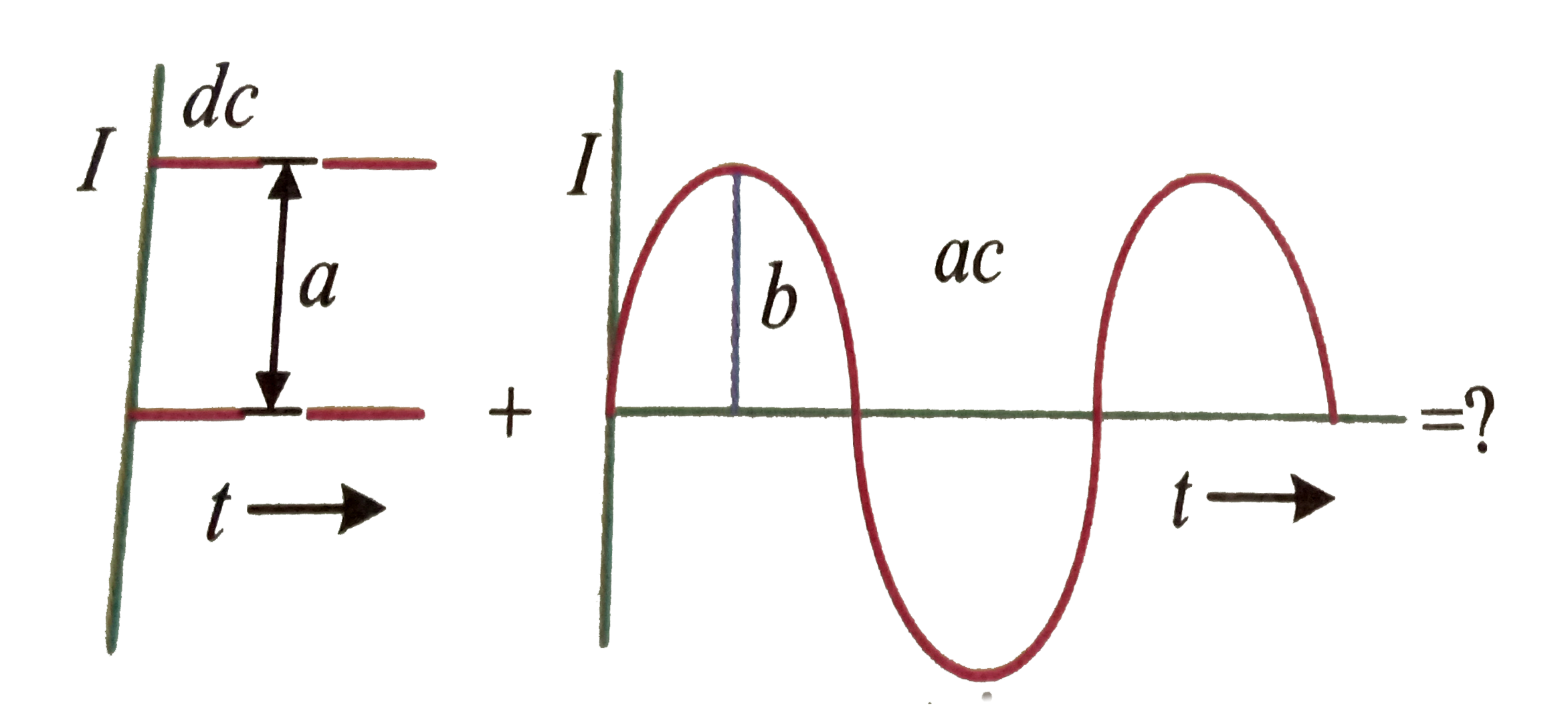we often say "a current is going through the wire " What goes through the wire,the charge or the current ?
To answer the question, "What goes through the wire, the charge or the current?", we can break down the concepts of charge and current step by step.
1. Understanding Charge:
- In a conducting wire, the primary charge carriers are electrons. These negatively charged particles are what physically move through the wire when a potential difference (voltage) is applied.
2. Applying Potential Difference:
- When a voltage is applied across the wire, an electric field is established. This electric field exerts a force on the electrons, causing them to move. The movement of these electrons constitutes the flow of electric charge.
3. Defining Current:
- Electric current (I) is defined as the rate of flow of charge (Q) through a cross-section of the wire. Mathematically, it is expressed as:
I=Qt
where I is the current, Q is the total charge flowing, and t is the time taken.
4. Direction of Flow:
- Although electrons flow from the negative terminal to the positive terminal of the power source, the conventional direction of current is defined as the flow of positive charge from the positive terminal to the negative terminal. This is a historical convention.
5. Conclusion:
- In summary, while it is common to say "current is going through the wire," it is actually the charge (electrons) that is moving through the wire. The current is a measure of how much charge is flowing per unit time.
Final Answer:
What goes through the wire is the charge (electrons), while the current is a measure of the flow of that charge.
---
- In a conducting wire, the primary charge carriers are electrons. These negatively charged particles are what physically move through the wire when a potential difference (voltage) is applied.
- When a voltage is applied across the wire, an electric field is established. This electric field exerts a force on the electrons, causing them to move. The movement of these electrons constitutes the flow of electric charge.
- Electric current (I) is defined as the rate of flow of charge (Q) through a cross-section of the wire. Mathematically, it is expressed as:
I=Qt
where I is the current, Q is the total charge flowing, and t is the time taken.
- Although electrons flow from the negative terminal to the positive terminal of the power source, the conventional direction of current is defined as the flow of positive charge from the positive terminal to the negative terminal. This is a historical convention.
- In summary, while it is common to say "current is going through the wire," it is actually the charge (electrons) that is moving through the wire. The current is a measure of how much charge is flowing per unit time.
What goes through the wire is the charge (electrons), while the current is a measure of the flow of that charge.
Topper's Solved these Questions
- ELECTRIC CURRENT IN CONDUCTORSBOOK - HC VERMA ENGLISHCHAPTER - ELECTRIC CURRENT IN CONDUCTORSEXERCISE - Exercises
84 Videos
- DISPERSION AND SPECTRABOOK - HC VERMA ENGLISHCHAPTER - DISPERSION AND SPECTRAEXERCISE - Question for short Answer
6 Videos
- ELECTRIC CURRENT THROUGH GASESBOOK - HC VERMA ENGLISHCHAPTER - ELECTRIC CURRENT THROUGH GASESEXERCISE - Short answer
6 Videos
Similar Questions
If 0.6 mol of electorns flows throutgh a wire in 45 min, what are (a) the total charges that passes through the wire and (b) the magnitude of the current?
View SolutionIf a direct current of value a ampere is superimposed on an alternative current I=b sinωt flowing through a wire, what is the effective value of the resulting current in the circuit?

View Solution
Knowledge Check
Displacement current goes through the gap between the plates of a capacitor when the charge of the capacitor
Ais changing with timeBdecreasesCdoes not changeDdecreases to zeroAssertion : Displacement current goes through the gap between the plates of a capacitor when the charge of the capacitor does not charge
Reason : The displacement current arises in the region in which the electric field is constant with time.AIf both assertion and reason are true and reason is the correct explanation of assertionBIf both assertion and reason are true but reason is not the correct explanation of assertionCIf assertion is true but reason is falseDIf both assertion and reason are false
A long straight current carrying wire passes normally through the centre of circular loop. If the current through the wire increases, will there be an induced emf in the loop ? Justify.
View SolutionDisplacement current goes through the gap between the plates of a capacitor when the charge of the capacitor
View SolutionA loosely wound helix made of stiff metal wire is mounted vertically with the lower end just touching the mercury in a dish. When the current from a battery is started in the metal wire through the mercury. then the spring
View SolutionIf a direct current of value a ampere is superimposed on an alternating current1=bsinωt flowing through a wire, what is the effective value of the resulting current in the circuit?

View SolutionA negative test charge is moving mear a long straight wire carrying a current. The force acting on the test charge is parallel to the direction of the current. The motion of the charge is:
View SolutionThe plot represents the flow of current through a wire at three different times. The ratio of charges flowing through the wire at diffferent times is

View Solution